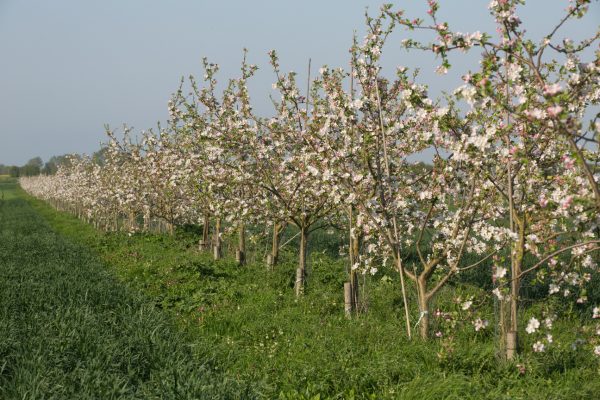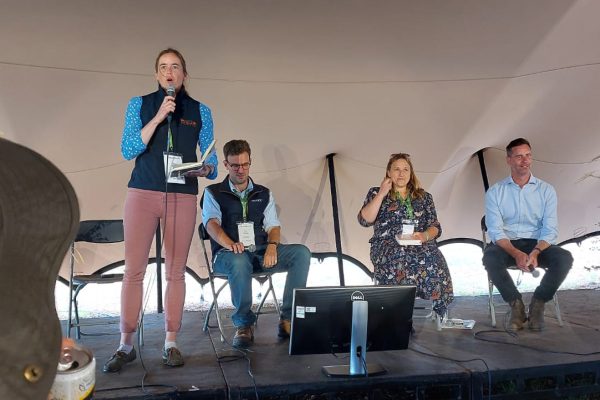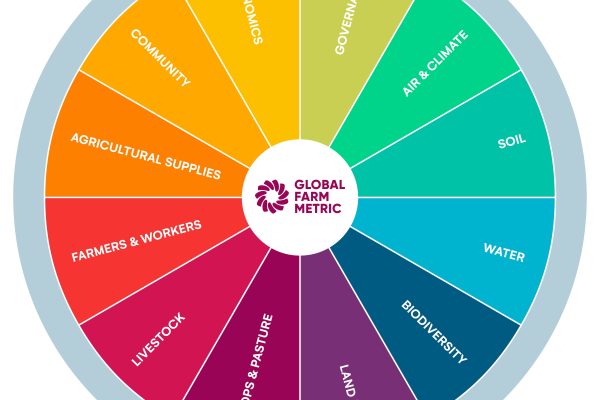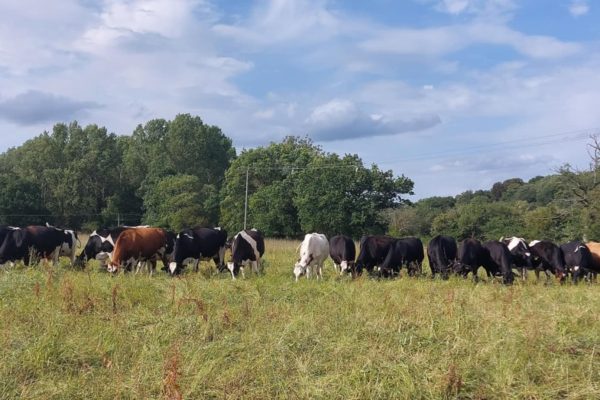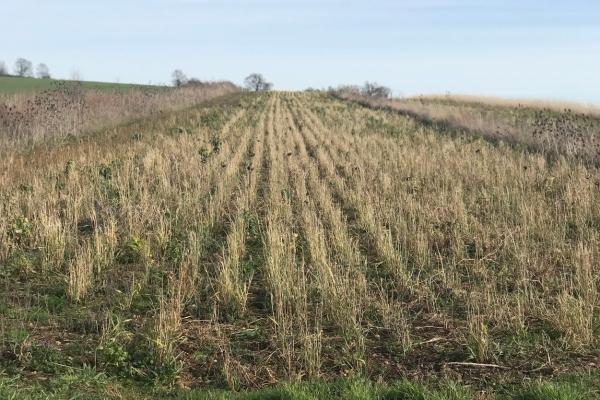What is regenerative agriculture?
Resource explained
This TABLE explainer aims to define the concept and illuminate key debates surrounding regenerative agriculture. Written by George Cusworth and Tara Garnett it draws together comments and insights from a TABLE workshop on regenerative agriculture, held at FarmEd in February 2023. It discusses the definitions and goals of regenerative agriculture, from both a practitioner and results-oriented perspective, and includes ‘regenerative agriculture as a mindset.’ There is a section on ‘knowledge practices’ which debates the extent that metrics can be applied to complex systems. The role of regenerative agriculture in food system change or to maintain ‘business as usual’ is debated. Finally, the explainer investigates some of the science and evidence behind the claims of the impacts of regenerative agriculture on yield, water retention, ecological impacts, and soil carbon stocks.
Findings & recommendations
- Regenerative agriculture is broad and evolving: It resonates with a wide range of actors, from small farmers to global corporations, but means different things to different people.
- Two main interpretations:
- A set of farming practices that fit within existing markets while addressing environmental obligations.
- A transformative vision for food systems, challenging power dynamics, knowledge hierarchies, and our relationship with nature.
- No formal definition: The lack of clarity is both a strength and a risk.
Strength: Flexibility allows diverse actors to experiment and adapt.
Risk: Opens the door to greenwashing and dilution of its radical intent. - Consensus exists on core principles: Most agree on context-sensitive application and a renewed recognition of soil as a living system, not just chemistry.
- Challenges: Applying regenerative principles may lower yields, and without systemic change (in trade and consumption), benefits in wealthy regions could drive environmental harms in vulnerable regions of the Global South.
- Key insight: Food system change is complex and interconnected, but progress requires starting somewhere, even if it cannot address everything at once.

